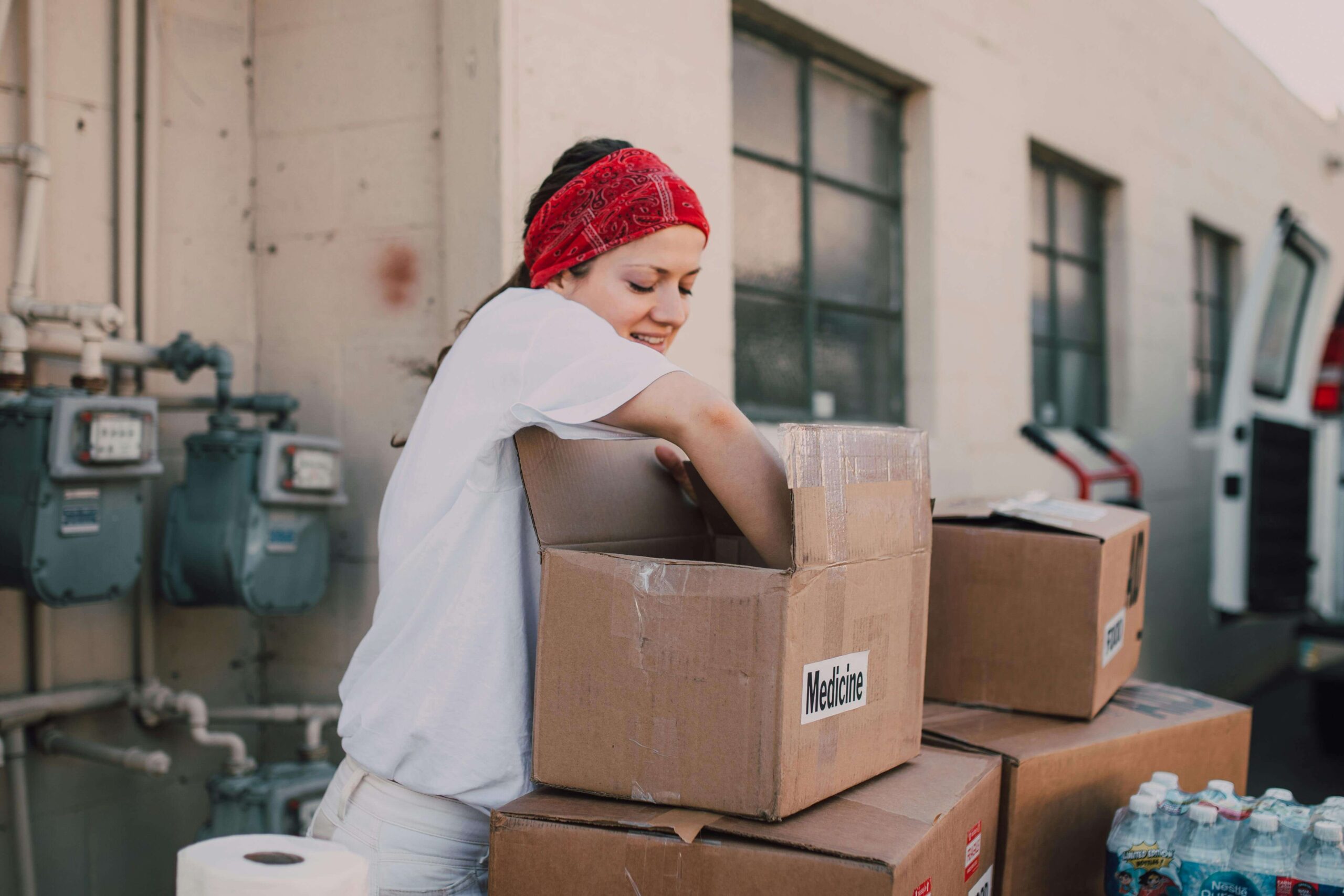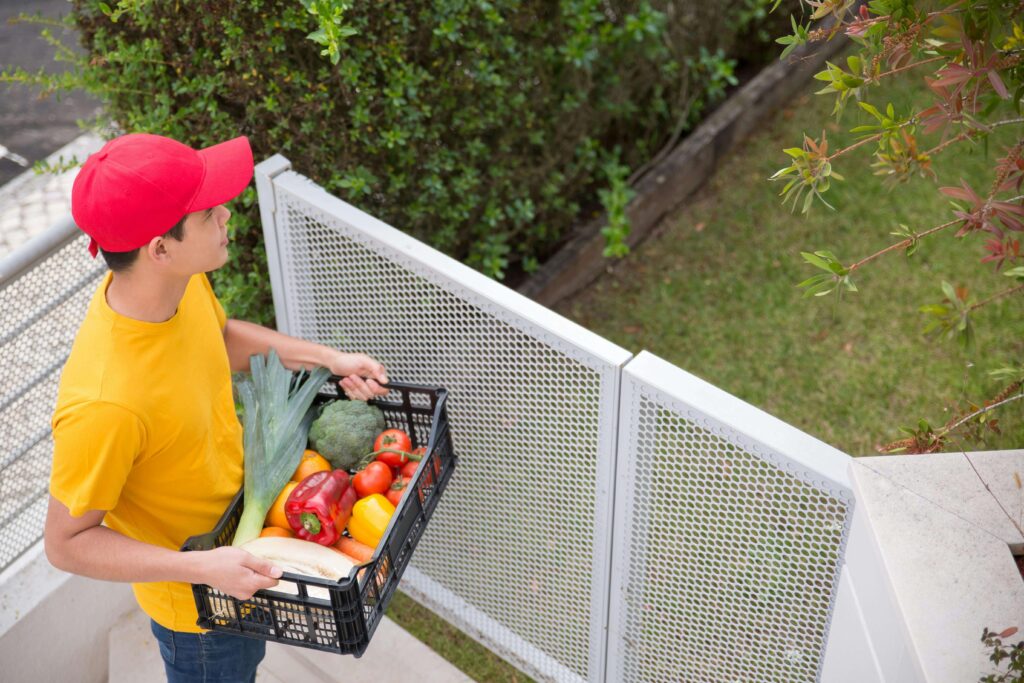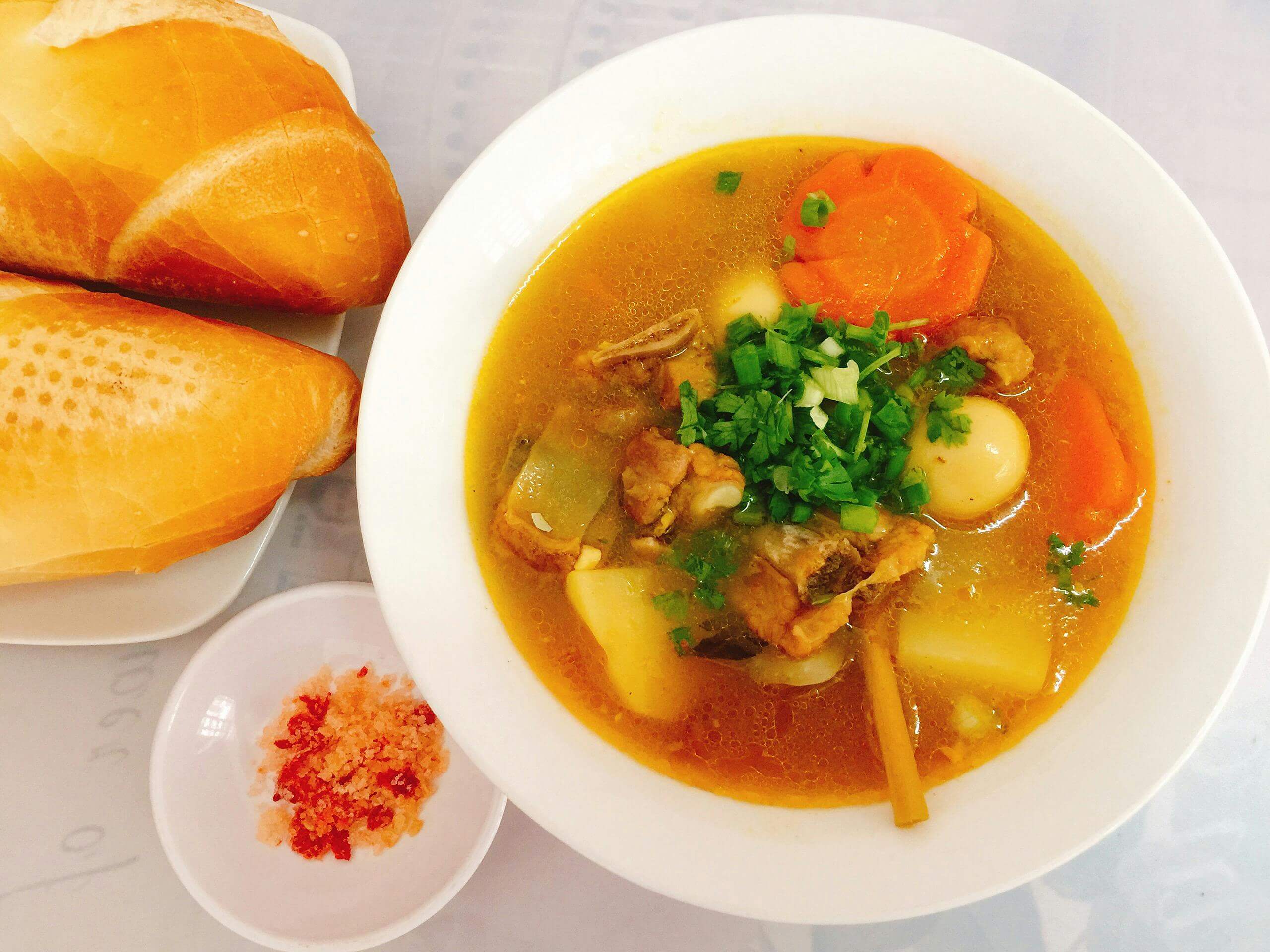Emergencies can strike at any moment—natural disasters, power outages, economic crises, or even a global pandemic. During such events, having an emergency food supply can be a lifesaver. Stocking up on food that can be safely stored and easily prepared in times of need is one of the most important steps you can take to ensure your safety and well-being when disaster strikes.
The significance of having an emergency food supply, what foods to include, how to store them, and how to make a plan for convenient access when you need it most will all be covered in this blog post.
The Reasons for Having an Emergency Food Supply
Emergencies can happen at any time. Events like earthquakes, floods, wildfires, power outages, and even civil unrest can cause disruptions to your daily schedule and keep you from getting food for long stretches of time. Although it is difficult to forecast the scope or length of such occurrences, it is prudent to be ready. Here’s why it is so important to have an emergency food supply:
- Self-Sufficiency in an Emergency: You might not have as much access to fresh food if nearby stores close, transportation is disrupted, or supply chains are disrupted. An emergency food supply ensures you can feed yourself and your family until conditions return to normal.
- Peace of Mind: Knowing that you have the necessary resources to get through tough times provides peace of mind. Whether it’s a short-term power outage or a longer crisis, having a well-stocked pantry can eliminate anxiety and uncertainty.
- Health and Safety: In the midst of an emergency, you may not have access to fresh, nutritious food. A prepared emergency food supply can include shelf-stable items packed with essential nutrients that help you maintain energy, stay healthy, and avoid hunger.
- Cost Savings: Buying food in bulk for emergencies can actually save you money in the long run. Emergency food items typically have long shelf lives, so they won’t go to waste and will be ready when you need them.

Things to Put in Your Emergency Food Kit
Only if it includes the proper kinds of food—items that are nourishing, non-perishable, and simple to prepare—will an emergency food supply be effective. Below are the key categories of food to consider for your emergency stockpile:
- Protein-Rich Foods
In an emergency, protein is crucial for sustaining vitality and strength. Make sure to incorporate a range of minimally prepared and shelf-stable protein sources. Among the excellent choices are:
- Meats in cans (tuna, salmon, turkey, and chicken)
- Kidney beans, chickpeas, and black beans in cans
- Peanut butter and almond butter
- Canned chili or stews
- Freeze-dried or dehydrated meat (vacuum-sealed packs)
- Protein bars or protein powder
- Grains and Carbohydrates
Carbs provide the necessary energy to keep you going. Choose foods that are long-lasting and easy to cook without electricity:
- Rice (white, brown, or instant)
- Pasta
- Instant oatmeal
- Cereal (granola, muesli, or shelf-stable boxed cereals)
- Crackers (whole grain or multigrain)
- Tortillas (flour or corn)
- Vegetables and Fruits
Vitamins and minerals must be obtained from fruits and vegetables. There are various shelf-stable forms of these:
- Peaches, pears, and pineapples in cans
- Green beans, corn, peas, and mixed vegetables in cans
- Dried fruits (raisins, cranberries, apricots)
- Dehydrated vegetables (carrots, spinach, peas, bell peppers)
- Fruit juice boxes (long shelf life)
- Dairy and Alternatives
If you’re someone who relies on dairy products for protein and calcium, there are several non-perishable options to consider:
- Powdered milk or evaporated milk
- Shelf-stable plant-based milks (almond milk, soy milk)
- Canned or powdered cheese (cheese powder for meals or freeze-dried cheese)
- Snacks and Convenience Foods
In times of stress, keeping a supply of comfort foods or simple snacks on hand can be extremely helpful. Take into account:
- Energy bars, trail mix, or granola bars
- Seeds and nuts
- Popcorn, pretzels, or rice cakes
- Granola or crackers
- Instant noodles and canned soups
- Dried meats such as beef jerky
- Ready-to-Eat Meals
If you don’t want to worry about cooking, ready-to-eat meals are a great choice. These can be either freeze-dried or canned, and they typically require little to no preparation. Options include:
- Freeze-dried meals (e.g., Mountain House, Wise Foods)
- Canned pasta meals (e.g., Spaghetti O’s, ravioli)
- MREs (Meals Ready to Eat) used by the military
- Beverages
Water is the most important item to store in an emergency food supply, but don’t forget about other beverages that can be comforting during tough times:
- Bottled or purified water
- Coffee (instant or freeze-dried)
- Tea bags (herbal or black tea)
- Powdered drink mixes (sports drinks, powdered fruit juice)
- Cooking Essentials
While you might not have access to a full kitchen during an emergency, there are still a few basic cooking essentials you can keep on hand:
- Salt, pepper, and spices (to enhance flavor)
- Oil or butter (for cooking)
- Sugar or honey (for sweetness or energy)
- Instant soup mixes or bouillon cubes (for flavor and nutrition)
How to Store Your Emergency Food
Proper storage is crucial to ensuring your emergency food stays safe and usable. Follow these best practices to maximize the shelf life of your food:
- Cool, Dry Place: Store your emergency food in a cool, dry location, away from direct sunlight and heat sources. Excess heat can reduce the shelf life of food.
- Sealed Containers: To shield your food from moisture, air, and pests, use vacuum-sealed pouches, mylar bags, or airtight containers. Food that is properly sealed stays fresher for longer.
- Rotate Stock: Check expiration dates on a regular basis and rotate your stock to make sure older food is eaten first. Replace items as needed to maintain a fresh supply.
- Mark Everything: Write the date of purchase or packing on all of your containers. This helps you keep track of when things need to be rotated or replaced.
- Consider Special Needs: If you or a family member has dietary restrictions or preferences (e.g., gluten-free, vegetarian, halal), make sure your emergency food supply meets those needs.
How Much Food Should You Store?
A general recommendation is to store at least 72 hours worth of food and water for each person in your household. However, many experts suggest aiming for a two-week supply or even a month’s worth of food to be fully prepared for longer-term disruptions.
Consider how much food you typically consume in a day, and then multiply that by the number of people in your household. Don’t forget to include pets in your planning!
Emergency Food Supply Checklist
Here’s a simple checklist to get you started on your emergency food supply:
- Water (1 gallon per person per day for at least 3 days)
- Canned meats, beans, and fish
- Rice, pasta, and grains
- Canned or freeze-dried fruits and vegetables
- Canned soups and stews
- Peanut butter, nuts, and trail mix
- Powdered milk or plant-based milk
- Instant oatmeal and cereal
- Protein bars and snacks
- Beverages (coffee, tea, powdered drink mixes)
- Cooking essentials (salt, oil, spices). Visit here for more info
Conclusion
Creating an emergency food supply is one of the smartest and most proactive steps you can take to protect yourself and your loved ones in case of a crisis. By storing a variety of non-perishable, nutritious, and easy-to-prepare foods, you can ensure that you have the sustenance needed to stay healthy and safe when disaster strikes.
The key to a successful emergency food supply is planning ahead. Start small, and gradually build your stockpile over time. With a little effort, you’ll have the peace of mind that comes with knowing you’re ready for the unexpected







